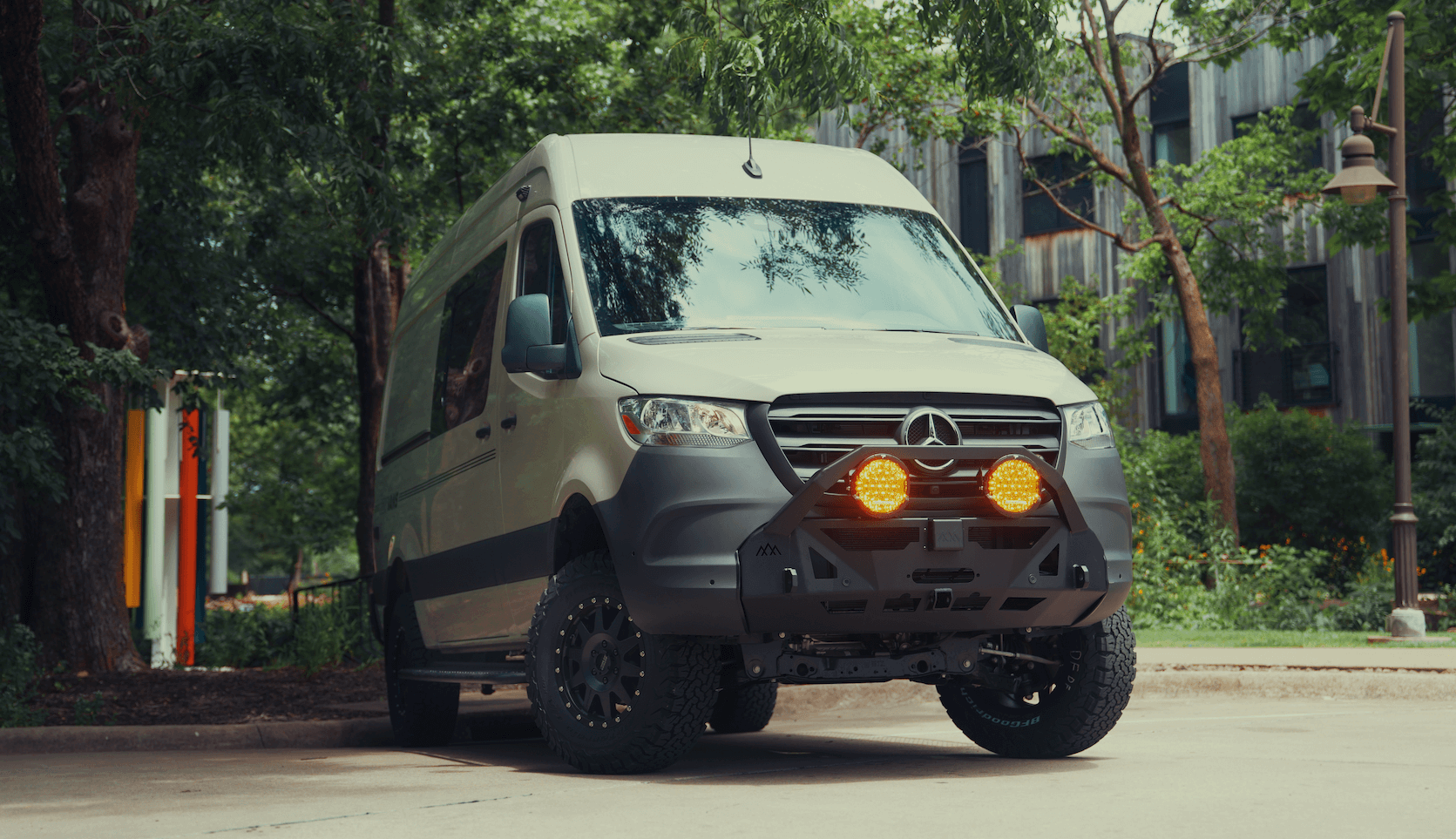Recreational Vans

The Victron Lynx distributor is a modular DC power distribution block designed to centralize high current connections and fusing. It contains an internal busbar and four fuse positions, typically using MEGA or AMG style fuses, to feed major loads such as inverters, DC distribution panels, DC to DC chargers, and auxiliary circuits. Each fused branch is secured under a protective cover, creating a clean, compact alternative to open busbars and individual fuse holders. The body is designed for high current handling, short cable runs, and neat routing that improves voltage drop performance. Builders rely on it to reduce clutter, label circuits, and simplify service in tight electrical bays.
The Lynx platform is built as a stackable system. You can place a Lynx Power In for battery inputs, a Lynx distributor for fused branches, and pair it with a shunt or smart BMS for monitoring. This building block approach lets designers scale from a single battery to multi battery banks without rethinking the entire layout. The result is tidy cable paths, predictable torque specs, and a service bay that is easy to audit.
A standout feature is visual fuse indication. If a fuse opens, the indicator shows it, which shortens diagnosis time and helps protect connected gear. When combined with a compatible shunt or BMS, the system can provide even deeper insight into current flow and historical usage. Centralized fusing also encourages correct fuse selection based on continuous loads, surge behavior, and cable gauge.
Think of the Lynx distributor as the hub after your main battery protection. From its outputs you feed an inverter, a DC house panel, a DC to DC alternator charger, and specialty loads like air compressors or winches that require their own protection. This hub keeps branch circuits isolated, labeled, and accessible, which matters when you are troubleshooting on a trail or at a marina.
Successful DC systems start with correct wire sizing, appropriate fuse ratings, and thoughtful layout. The Lynx distributor’s enclosed busbar reduces the risk of accidental contact while providing a structured environment to land large cables with proper lugs and heat shrink. Short, direct runs from the battery or battery switch to the Lynx help minimize voltage drop, which keeps inverters stable and chargers efficient. Maintain bend radii, avoid stacking multiple lugs on a single stud, and keep a clear service loop so components can be removed without cutting cable.
Choose fuses to protect the conductor, not the device. Start with continuous current, add reasonable surge margin for startup loads, and verify that your chosen cable gauge and insulation rating match the environment. For example, an inverter branch often needs a higher value fuse and large gauge cable because of surge behavior. Always check manufacturer tables for torque on studs and re torque after initial thermal cycles.
Pairing the distributor with a system shunt creates a full picture of energy usage. Place the shunt so that all house loads and charging sources pass through it, then link the Lynx modules with communication where applicable. If using a lithium battery with a dedicated BMS, ensure the contactor or BMS controlled link sits upstream so the entire branch network is protected during a fault event.
Mount the Lynx distributor on a rigid surface away from heat sources. Allow airflow around high current devices, and keep the cover accessible for fuse checks. Label every branch at both ends, store spare fuses with the tool kit, and document fuse ratings on a visible legend. During commissioning, measure voltage drop under load at the battery and at the Lynx outputs, then correct any weak links. A few minutes of verification now prevents hours of roadside diagnosis later.
Rolling homes and boats share the same goals, stable power and easy service. The Lynx distributor helps standardize builds so upgrades like a larger inverter or additional charger are just another properly fused branch. With proper strain relief and grommeting, it survives corrugations, washboard roads, and chop without loosening lugs or chafing insulation.
You want a cabin that makes coffee before sunrise and charges bikes while you drive. That requires more than parts, it takes a system that is mapped, tested, and ready for the miles ahead. At OZK Customs we design and install complete DC architectures that use hubs like the Victron Lynx distributor to keep power simple and safe. Our builds are planned around your travel style, from quiet boondocking to long highway days, and we hand off every rig with a walkthrough so the controls make sense on day one.
If you are exploring layout options, take a look at our van lineup and see how we approach space, storage, and power integration:
Tell us what you power, how you drive, and where you camp. We will design a clean, fused DC backbone around your needs and deliver a van that feels dialed from the first turn of the key. Fill out the form to start your OZK build plan today.
Ready to design a safe, serviceable DC system that just works? Our team engineers clean power bays that pass the shake test and the heat test. Tell us how you travel, and we will spec, install, and commission a complete solution built around your goals. Start your build consultation now.
ADDRESS:
6159 E Huntsville Rd, Fayetteville, AR 72701
PHONE:
(479) 326-9200
EMAIL:
info@ozkvans.com